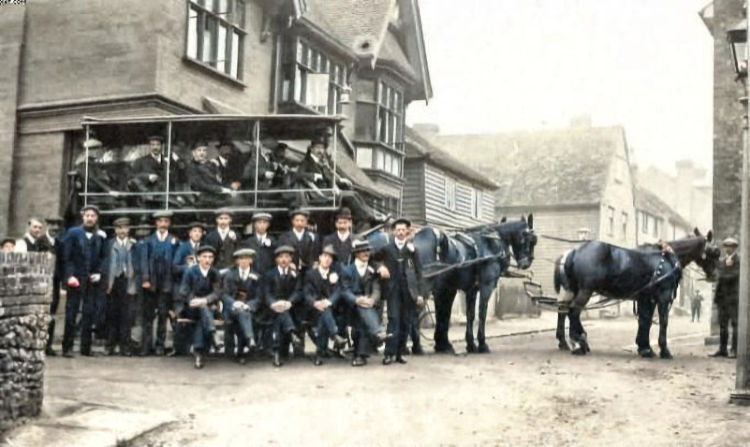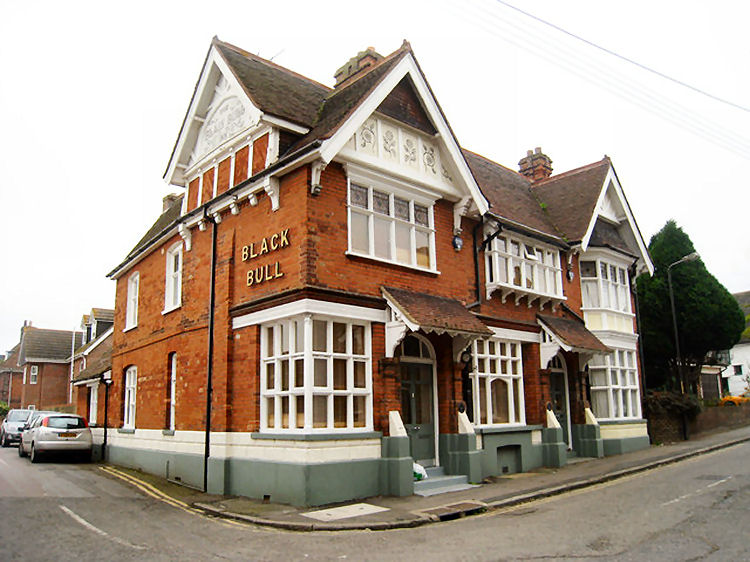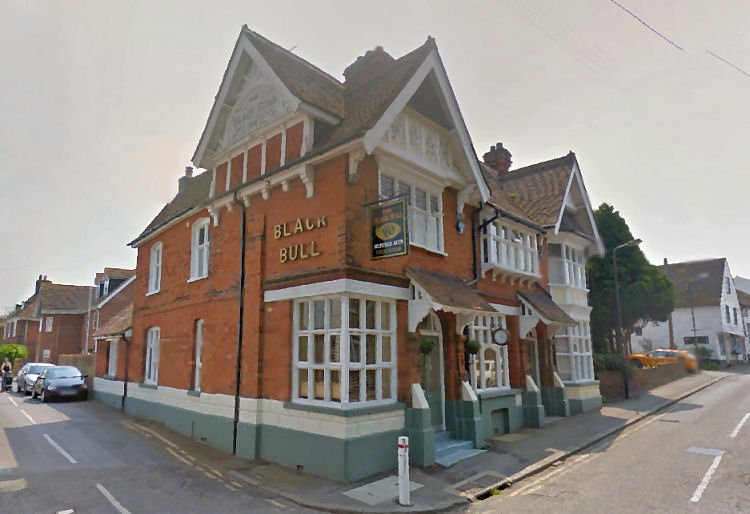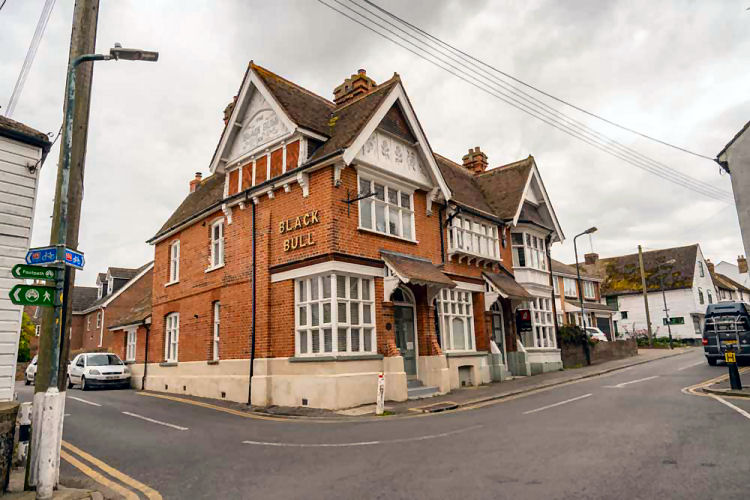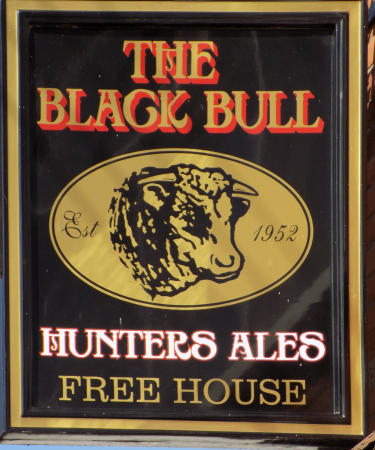|
The following information has been taken from
http://www.cliffehistory.co.uk/pubs.html
The "Black Bull Inn" was one of the two fully licensed premises in
Cliffe prior to 1887 and is likely to be the oldest ale house in the
village. One of the earliest references is a alehouse recognizance,
taken before John Leveson and William Lambarde in 1590. By 1611 it is
known that a Richard Done was the victualler and that sureties were
confirmed by John Noke and George Parker, both yeomen of the same parish
and this recognizance was carried out in 1611. Originally it was a
wooden structure built next to the historic Prior's Hall Cottages but in
1887 the old wooden building burnt down and the pub was re-built and
stands as it does today. Being one of the oldest pubs in the village
it also has its fair share of myths and legends in common with many old
village buildings and one is a story of a haunting. According to legend
footsteps may be heard and doors open and close of their own accord.
These mysterious occurrences are due to the wanderings of an old sailor,
who drowned at sea, returning to seek out his sweetheart, or another
quoted reason is that, the "Black Bull" was constructed upon an ancient
burial site and the departed are seeking peace and quiet. At the turn
of the last century the "Black Bull Inn" was fully involved in the
community with the Cliffe Cricket Club having its headquarters there.
The club played their matches on Cliffe Marshes on an area of the marsh
which became known as ‘Cricket Marsh'. During the winter months the
"Bull" was the centre for coursing meetings. In the cellar of the pub
there is a well which one of the previous owners had dated as being
constructed in Roman times although this is doubtful. One of the most
interesting aspects of the well is that, some way down, there appears to
be an entrance to a tunnel that local sources say lead to the church.
In 2011 Cliffe-at-Hoo Historical Society and West Kent Archaeological
Society, whilst carrying out a survey of St. Helen's Church, were
informed about a rumoured covered entrance to the ley tunnel from the
church to the "Black Bull." There was no evidence of an entrance for the
‘tunnel' at the church and that, from the "Black Bull," the tunnel
appeared to travel towards the direction of the church but had collapsed
after about 10-15 metres approximately somewhere beneath the road above.
After further investigations, and with the help of a local diver and
churchwarden, it was found that the ‘tunnel' was less than a metre in
height and the brickwork was no older than the 17th century: it was
concluded that it was probably a drainage channel. Further
investigations are planned for the future. Later, in 2012, the Society
was again called in to help identify some uncovered brick and stone work
that had come to light during work to the rear of the building. We were
quickly able to identify, by means of mortar used, brick type and
pattern and use of plans of the building and nearby structures, that it
was the remains of a late 19th Century cess pit. |
